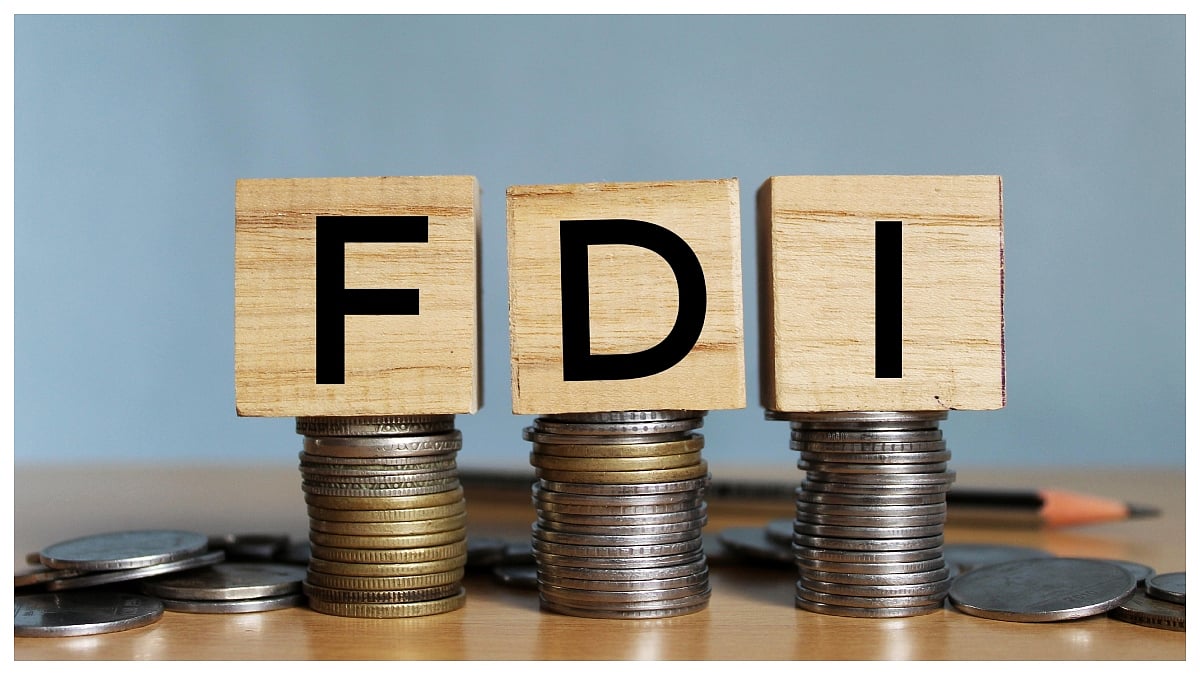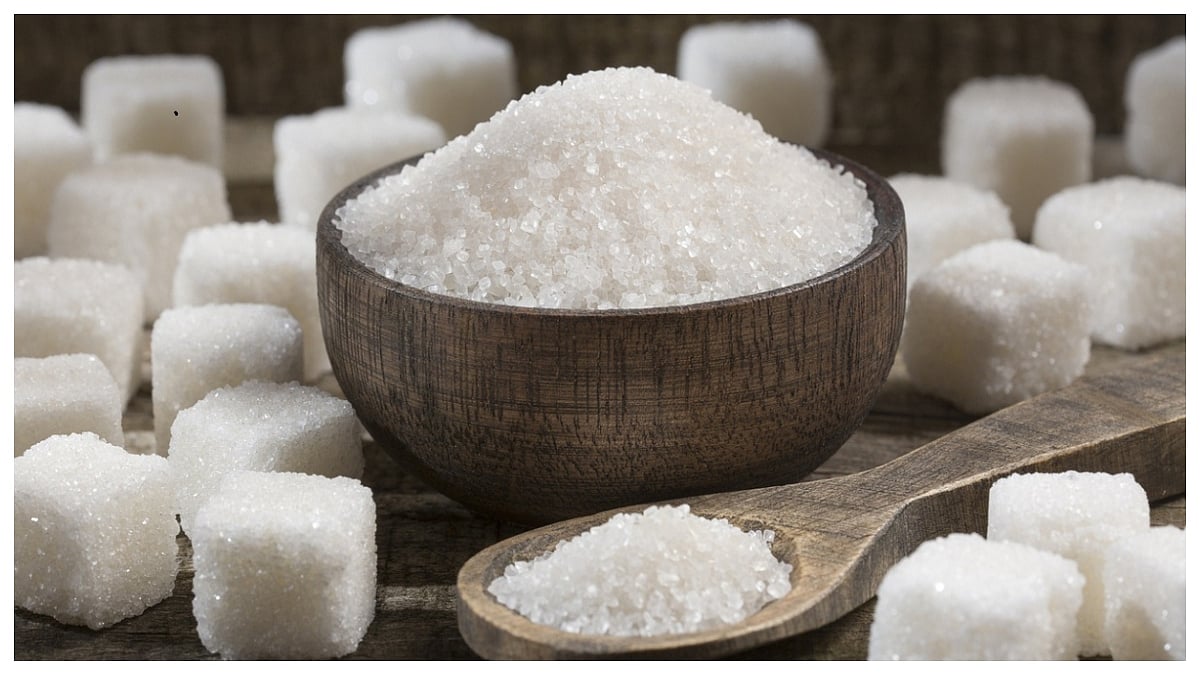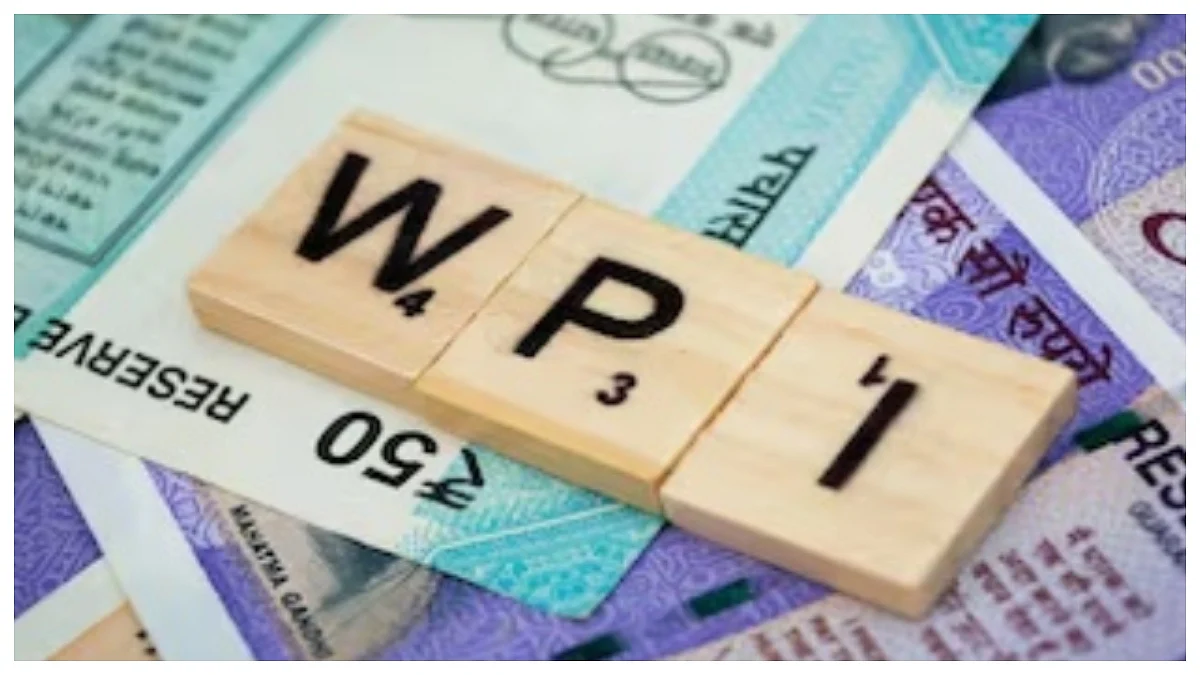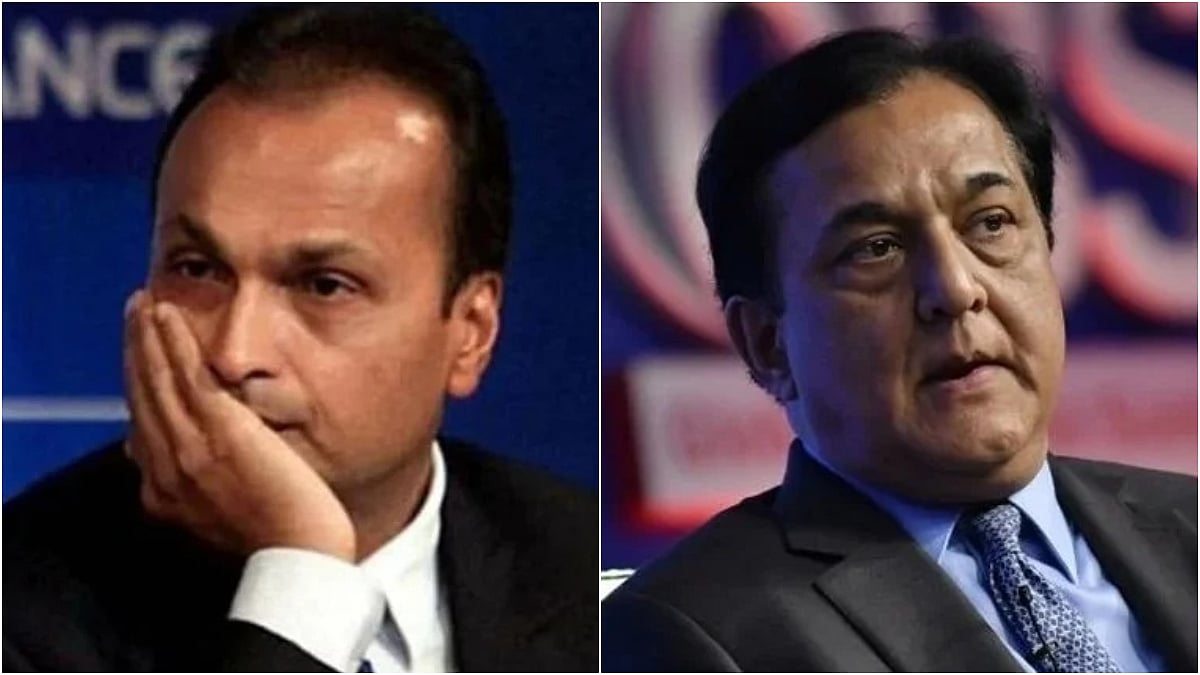Players like Augmount, Safe Gold, etc, are into the digital gold line of business, where the purchase is digital but delivery is physical – a model that perfectly suits the new-age yet typical Indian psyche.
One can invest in gold even in fractions – say worth just Re 1 – and let the fractions accumulate till the gold accumulated is decent enough for someone to take physical delivery of it.
Over years, India has witnessed launch of various schemes like gold ETF, sovereign gold bond and gold monetisation scheme, but none of them hit off that well due to a variety of reasons. But there are hopes that digital gold may reach critical mass in India as this country is witnessing a shift in gold accumulation and consumption patterns.
This was discussed at the panel on ‘Markets and Investments’, which was one of the themes at the conference organised by The Free Press Journal and BSE.

(L to R) R N Bhaskar, Consulting Editor; Sanjiv Arole, Gold columnist; Surendra Mehta, National Secretary, India Bullion & Jewellers' Association (IBJA); Sudheesh Nambiath, Head, India Gold Policy Centre (IGPC) of the Indian Institute of Management- Ahmedabad (IIM-A); Madan Sabnavis, Chief Economist, CARE Ratings Ltd; Sabyasachi Ray, ED, GJEPC; Bhargava Vaidya, Bullion Expert and Somasundaram PR, MD, World Gold Council India. |
The panellists included (in alphabetical order) Ketan Kothari, Director, Augmont; Ranjit Singh, Products and Business Development, BSE; Keyur Shah, CEOPrecious Metals Business, Muthoot Pappachan Group; and Kunal Shah, Head of Research, Nirmal Bang Commodities. The discussions were moderated by RN Bhaskar, Consulting Editor.
The panellists unanimously agreed that there is a change in gold consumption patterns with most Indians. Ranjit Singh stated, “The earlier trend of buying jewellery (as investment) has seen a shift, towards purchasing of gold coins and buying bars, doing ETF trading and futures contracts etc.”
However, trends like ETF have not picked up as expected. “The market has changed now. People are buying digital gold instead of jewellery. There is a lot of investment that has come to digital gold,” Singh added. Yet another scheme which gained traction initially was sovereign gold bond, which was launched in 2015.
In the initial stages, there were eight tranches of sovereign gold bonds and the collection was Rs 3,500 crore. Post that, the collections from the sovereign gold bond scheme have decreased. “It is now come down to Rs 800 crore.
The problem the customers witnessed with the sovereign gold bond is that buying is not problem but exit is a problem,” Singh revealed. He said, “There were so many tranches that came out in three to four years that people were confused which tranches they had purchased and which one they sold.”
Since 2004, there were many structured products that were launched and that initiated the change in the industry, stated Ketan Kothari, Director, Augmont.
While India was the first one to talk about ETF, it was not the first to launch it in the market. Agreeing with Singh, Kothari said, “Eventually, there were many gold ETFs that came to the market, but unfortunately the gold ETF size is not big even today.
For the retail consumer, ETF is not the right representation of gold requirement that they have. People need physical gold at some point of time for their personal need.”
This is were digital gold came up. “Eventually, we came up with the digital gold platform, where people can buy small fractions of gold and that was the need of an hour.” Other than talking about the investor community, Kothari spoke about the retail community.
He said there is a need to have an incentive- based policy for retail customers in order to encourage them to come out with their household gold which is not in use.
Adding to this incentive concept, Keyur Shah stated, “While looking at any reform, see to it that it reaches the mass level. If you look at digital gold, it is far more efficient and effective and the control is with the consumer.
It is available to them at a click of a button.” Shah, who represents Muthoot Pappachan Group which deals with very large numbers of lower income groups – which collectively accounts for a bulk of gold purchase in India—small quantities of gold, stated schemes would get popular if masses are taken care off.
“Our average ticket size for gold, which we sell through our 3,600 branches, is around 3.6 grams. Can you imagine the income level of the consumers that come and purchase from us? We ensure that the quality is maintained.
For these mass customers, it is about affordability,” Shah revealed. Most of Muthoot Pappachan Group’s customers pledge gold to meet their working capital needs.
“Gold is part of women’s monthly budget saving which they can use when things go wrong,” added Keyur Shah. He added such customers buy gold based on their savings.
Analysing the demand for gold at macrolevel, Kunal Shah said if one wants to predict prices of gold, they should understand that there are two aspects of gold—love demand and fear demand. “When prices of gold rallied, love demand was in evidence.
After a decade you saw this humongous rally, and thereafter the love demand in India and China is significantly down. Fear demand always drives gold, especially when there is crisis and uncertainty.” Yellow metal had followed a trend until 2008.
But post 2008 price risk, the traditional economic theory and equations have been distorted,” Kunal Shah added. He stated that one need not worry about price correction in gold, and that even if there a correction, the prices of gold will still consistently grow at 10-13 per cent CAGR. “The outlook of gold is extremely bullish,” he asserted.








